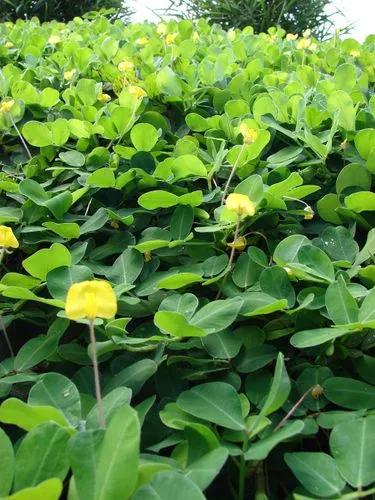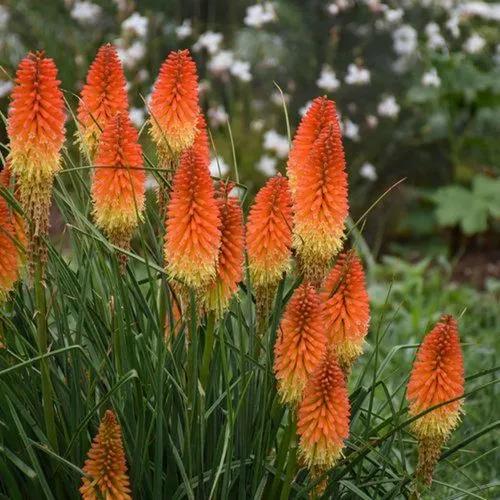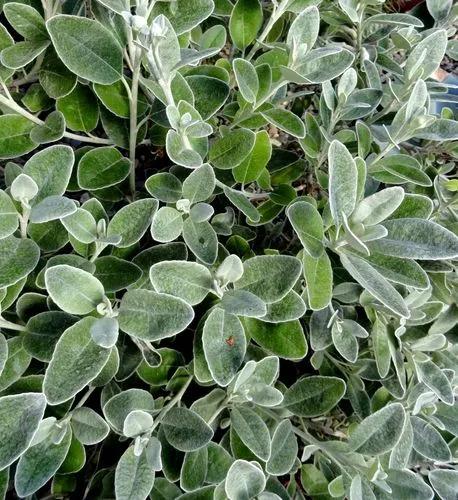Discover the secrets of nurturing the aromatic beauty of Thicket Spurflower, promising a fragrant adventure like no other. While its scientific name may hint at a different origin, its roots don't trace back to Madagascar! Native to continental South Africa, this enchanting herb has undoubtedly found its way into gardens and hearts worldwide!
Thicket Coleus Care
Plectranthus Madagascariensis



Thicket Spurflower, scientifically identified by the name Coleus madagascariensis, belongs to the mint or sage family. This stunning plant boasts bright green foliage full of fragrant chemicals. While the flowering is relatively unimpressive and small, Thicket Spurflower is primarily grown for its aromatic foliage. The green, sometimes variegated leaves are broadly ovate with 3-7 pairs of rounded teeth, slightly hairy to the touch both above and below the blade, and 1.3-1.5 inches (3.5-4 cm) in length.
As an indoor plant, it can reach 1-2 feet (30-60 cm) in height. The beauty of this plant is its adaptability to various indoor conditions and its suitability for outdoor cultivation within USDA hardiness zones 10-11.
How to Care for the Plant

Water

Its soil should be moist but never soggy during the growing season, typically spring through early autumn. Water the plant thoroughly when the top inch (2.5 cm) of the soil feels dry, but reduce the frequency during the dormant winter months.

Pruning

Pruning is important to maintain the bushy, compact shape. Pinch off the tips of stems regularly to encourage branching and prevent leggy growth. Remove any stretched or discolored growth to maintain the aesthetic appeal.

Fertilizer

An NPK-balanced, water-soluble fertilizer during the growing season (spring and summer) every 4 to 6 weeks is the best feeding practice. Look for a fertilizer with an NPK ratio of 20-20-20 or similar. Always dilute the feeding mixture to half-strength to avoid over-fertilization.

Sunlight

Provide bright, indirect sunlight, avoiding harsh, direct sun exposure, as it can scorch the leaves. Poor light may cause the bright foliage to lose its color intensity and patterns.

Soil

Well-draining potting mix is the best choice, especially if it has a pH range of 6.0 to 7.0. Amending the potting mix with perlite or vermiculite can enhance drainage and aeration.

Propagation

Thicket Spurflower can be propagated through stem cuttings. To do this:
- Take a 4-6 inch (10-15 cm) cutting just below a node and remove the lower leaves.
- Place the cutting in water or directly into a moist potting mix.
- Ensure high humidity to aid in root formation.
- Once roots have developed, transplant the new plant into its container.

Temperature

This plant is not winter-hardy and should be protected from drafts and temperatures below 50°F (10°C). Thicket Spurflower prefers indoor temperatures between 70-75°F (21-24°C) during the day and no lower than 60°F (15°C) at night.

Container

Thrives in well-draining containers with holes at the bottom that allow excess water to escape. Choose a pot of approximately 6 to 8 inches (15 to 20 cm) in diameter, one that's wide enough to fit the plant's cascading growth.
When growing outdoors, choose a well-draining container or a garden bed that's roomy enough to fit the plant's size. A container with 12-18 inches (30-45 cm) in diameter or a garden bed space of about 2-3 square feet (0.6-0.9 square meters) should be enough. The containers should have drainage holes at the bottom to prevent waterlogging.

Fun fact

The lemon-thyme-scented leaves are believed to have medicinal properties, with uses ranging from soothing coughs to aiding digestion.

Popularity

2,670 people already have this plant 472 people have added this plant to their wishlists
Discover more plants with the list below
Popular articles






